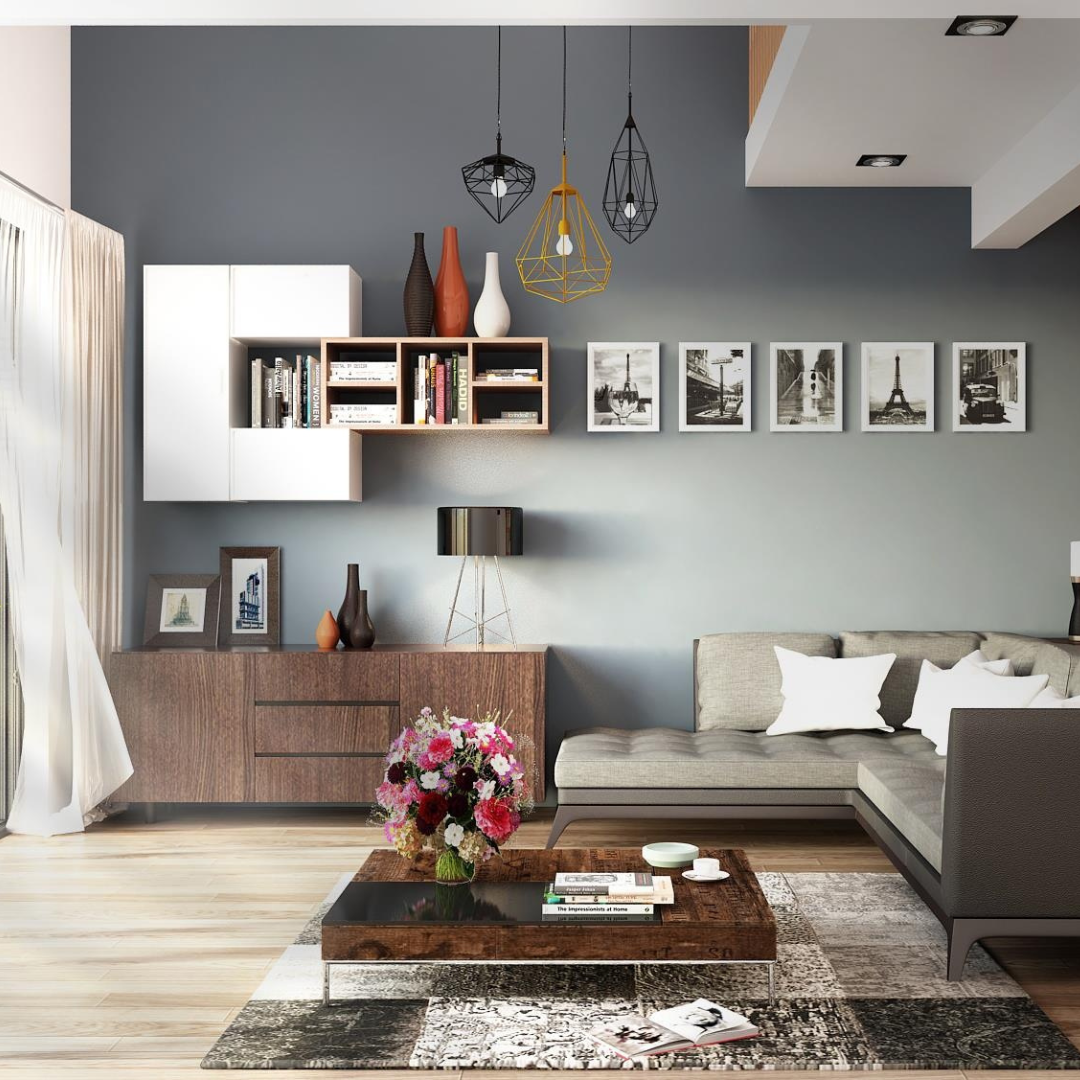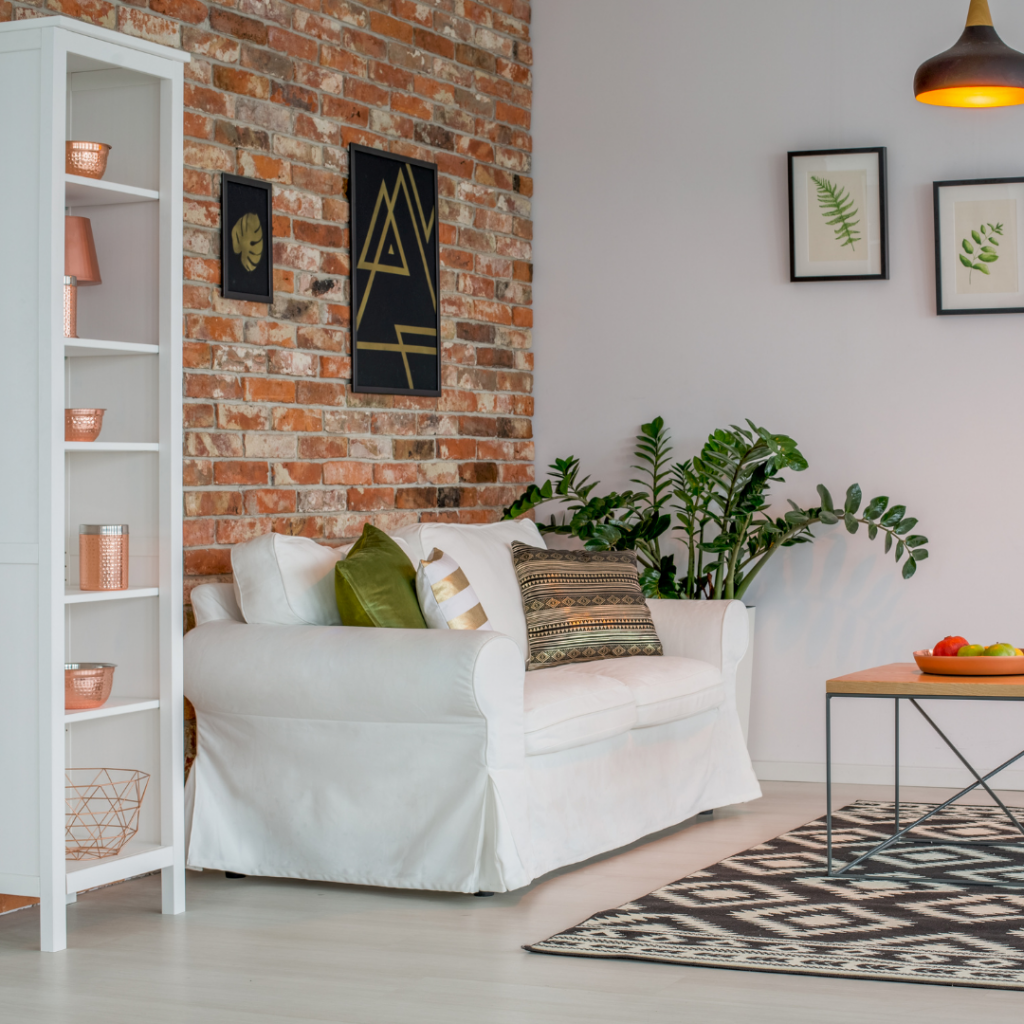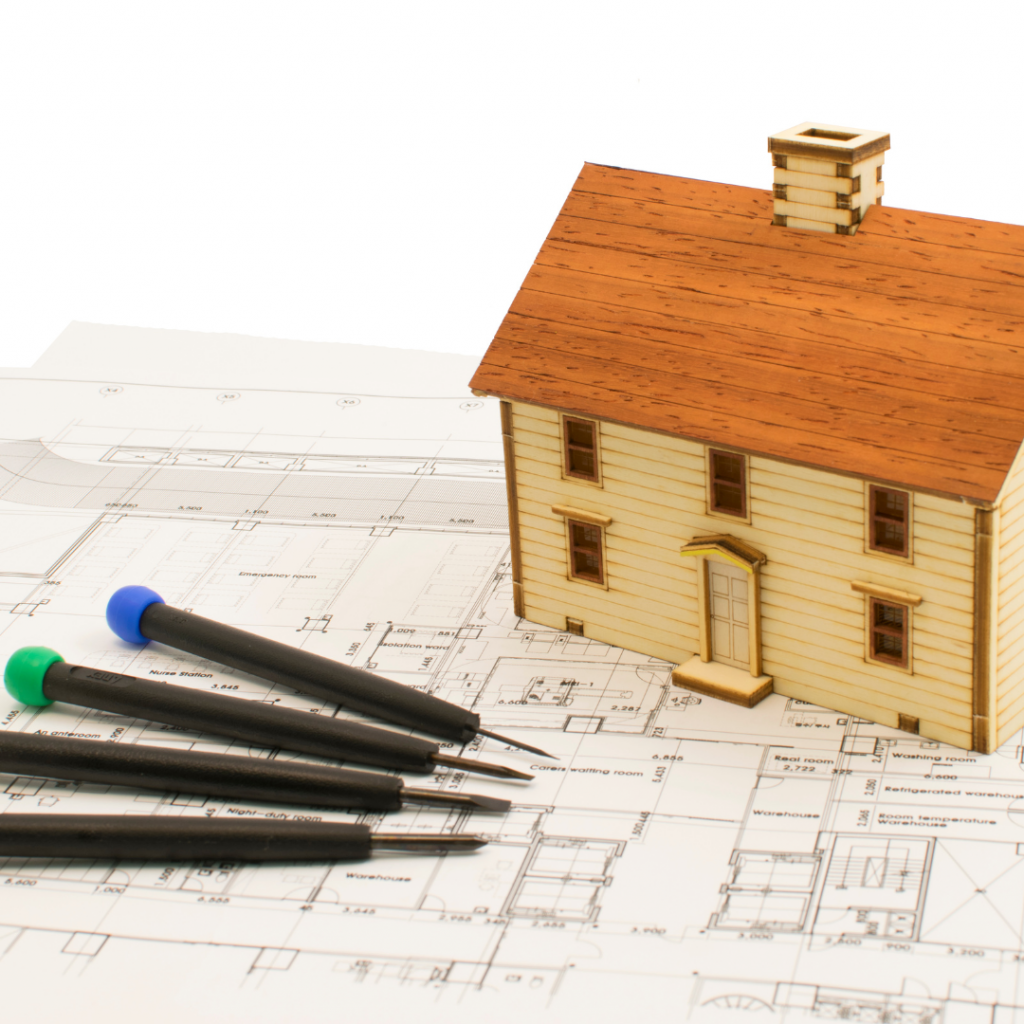Interior design is a huge industry that doesn’t come cheap. But with some clever ideas, you can give your home or apartment a new look on the cheap.
How to Get Started
When it comes to interior design, many of us immediately think of expensive furniture, complicated color schemes, and professional help. However, it is possible to achieve a designer look without breaking the bank. With a little creativity and some elbow grease, you can transform your home into a stylish haven on a budget.
- Shop secondhand stores or garage sales for furniture and decor. You can often find great pieces for a fraction of the cost of new items.
- Get creative with paint colors. You don’t have to stick to neutral tones – try out bolder hues or even patterns for an eye-catching look.
- Use what you already have. Before buying anything new, take stock of what you already own that could be repurposed or used in a different way.
- Do some research. There are tons of resources available online and in books that can teach you the basics of interior design so you can make informed choices about your own space.
How to Become an Interior Designer on a Budget
Interior design is a popular field, but it can be expensive to get started in. If you’re interested in becoming an interior designer on a budget, there are a few things you can do to save money. Consider taking some courses at a local community college or online. This will give you the basics of interior design and help you decide if it’s the right career for you.
Start following some design bloggers and magazines. This will give you inspiration for your own projects and help you keep up with the latest trends. Begin working on small projects in your own home. This will not only give you experience but also allow you to build up a portfolio of your work.
To build a portfolio without spending money on numerous pieces of furniture or multiple shades of paint, you can make use of one of the 3d rendering services. These services tend to create photorealistic images of your proposed design and allow you to experiment with different color schemes and decorative elements. This can help you visualize the finished look of your space without investing any money.
Design Resources
There are many free or low-cost design resources available online and in libraries. Here are a few of our favorites:
Home Depot Design Center
This website offers a variety of tools to help you plan and design your home improvement projects. You can browse through their project gallery for inspiration, use their online design tools to create custom designs, and get tips and advice from their team of experts.
IKEA Home Planner
This online tool lets you plan and design your ideal IKEA kitchen, bedroom, or office. You can experiment with different layouts, furniture, and accessories to create a space that’s perfect for your needs.
Online Blogs
Blogging websites are valuable resources for anyone looking to plan and design their living spaces. These platforms offer a wealth of planning and design tools, along with informative articles and videos on various topics, such as selecting the best paint colors for living rooms, exploring different types of window treatments, and learning how to install kitchen base units. Additionally, you can find inspiration by browsing through their extensive photo galleries, which showcase a wide range of design styles and ideas.
Design Tips
When it comes to design, there are certain elements that can make or break a space. Whether you’re working with a limited budget or simply don’t have the time to invest in a full-fledged design project, these tips will help you achieve designer-level results without breaking the bank.
Start with the basics
A well-designed room starts with a good foundation. Make sure your furniture is arranged in a way that promotes conversation and creates an inviting atmosphere. Then, add in some key pieces that reflect your personal style.
Add functional elements
To enhance the functionality and ambiance of the room, consider incorporating various elements like a bookshelf, a rug, and a coffee table. Additionally, if you reside in an area with chilly winters, you might want to explore options for purchasing a wood stove, which can provide both warmth and a charming focal point. For instance, you can look for a wood stove in Red Deer if that’s your location. These additions contribute to creating a cozy and welcoming atmosphere in the room.
Incorporate texture
One of the easiest ways to add interest to a room is by incorporating different textures. This can be done through pillows, throws, rugs, and even artwork.
Use lighting to create an ambiance
Lighting is one of the most important aspects of design. It can be used to create different moods and atmospheres in a space. Use lamps and overhead lighting to brighten up a room or go for a more romantic feel with candles and string lights.
Stick to a color scheme
A cohesive design is all about using colors that work well together. Choose two or three colors that complement each other and stick to them throughout the space. You could build a kitchen with two different color cabinets, bedrooms with dual color schemes, and seating areas with a tri-color approach to add some flavor. But this doesn’t mean everything has to match perfectly, you can still use different patterns and textures as long as they fall within your color scheme.
Add greenery
Plants are not only aesthetically pleasing but they also help purify the air quality in your home. Incorporate them into your design by placing them on shelves, windowsills, or even in hanging planters.
Creating Your Budget
Take inventory of what you already have. This includes furniture, decor, and anything else that you think could be used in your new space. Once you know what you have to work with, you can start to figure out what needs to be purchased. Set a realistic budget for yourself. Remember that interior design is an investment, and you should be prepared to spend accordingly. However, there are ways to save money by shopping around and looking for sales.
Don’t be afraid to DIY some elements of your design. There are plenty of tutorials online that can help you recreate looks for a fraction of the cost.





Leave a Reply